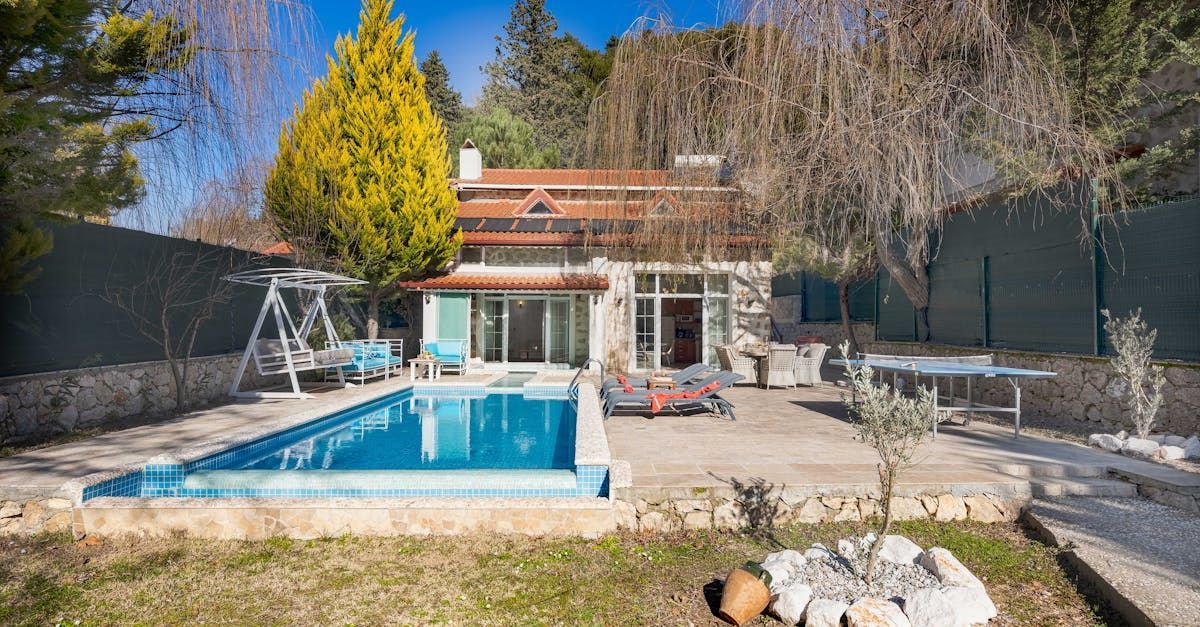Why swimming pool water turns green?
What Causes Your Swimming Pool Water to Become Green?
Unveiling the Mystery: Why Does Pool Water Turn Green?
Nothing dampens the spirit of a sunny pool day like the sight of green water. For many homeowners in Loomis, CA, and the surrounding areas, a green swimming pool can be a common yet baffling issue. Understanding why your swimming pool water turns green is crucial not only for maintaining the aesthetic appeal of your pool but also for ensuring the health and safety of its users. This article will explore the primary reasons behind this phenomenon and provide practical advice on how to address it.
The Science Behind Green Pool Water
The discoloration of pool water to a green tint is typically due to algae growth. Algae are microscopic plants that thrive in aquatic environments and can rapidly colonize a pool under the right conditions.
Factors Contributing to Algae Growth
1. Imbalance in Pool Chemicals
Insufficient Chlorine: Chlorine is essential for sanitizing pool water by killing bacteria and algae. If the chlorine levels fall too low, algae will begin to grow and multiply, leading to green water.
pH Levels: The effectiveness of chlorine is heavily dependent on the pool’s pH level. If the pH is too high or too low, chlorine can’t adequately disinfect the pool, paving the way for algae to thrive.
2. Poor Circulation and Filtration
Inadequate Filtration: If the pool’s filter is not running long enough each day, it can lead to inadequate filtration, allowing algae to settle and multiply.
Dead Zones: Areas of poor water circulation can become breeding grounds for algae. These "dead zones" often occur in corners or under pool steps where water movement is minimal.
3. Environmental Factors
Sunlight: Algae need sunlight to photosynthesize and grow. An outdoor pool exposed to excessive sunlight without adequate sanitation and algae-preventive measures is likely to develop algae problems.
Debris: Leaves, dirt, and other organic materials can introduce nutrients into the pool that feed algae growth. Regular cleaning and maintenance are essential to control these contaminants.
Prevention and Treatment
1. Regular Chemical Maintenance
Regularly testing and adjusting the chemical balance of your pool is crucial. Ensure chlorine levels are within the ideal range, and adjust the pH to between 7.2 and 7.8 to optimize chlorine efficacy.
2. Enhance Circulation and Filtration
Run the Filter: Make sure your pool’s filtration system runs for an adequate amount of time each day to cycle the water and remove debris and algae spores.
Clean and Maintain: Regularly clean the filter and check for any clogs or necessary repairs to maintain optimal performance.
3. Algae Treatment
If your pool water turns green, a shock treatment with high levels of chlorine is often necessary to kill off the algae. After shocking the pool, brush the walls and floor thoroughly to loosen algae buildup, then vacuum the debris.
Professional Help
Sometimes, despite your best efforts, you might need professional help to tackle persistent algae issues. Companies like Prestigious Pools offer expert services in maintaining and restoring pool health, ensuring your swimming pool remains a clean, enjoyable, and safe environment.
Conclusion
Understanding why pool water turns green and taking proactive steps to prevent it can save you time and money while ensuring your pool remains a focal point for relaxation and fun. With the right care and occasional help from professionals like Prestigious Pools in Loomis, CA, you can keep algae at bay and enjoy a crystal-clear pool all season long. Whether it’s routine maintenance or more intensive treatments, taking charge of your pool’s health is essential for any pool owner.




